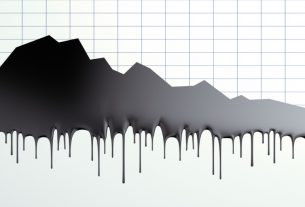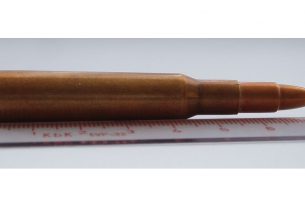What many people remember about the financial crisis of 2008 was the role that housing played in the collapse of that bubble. Banks and mortgage lenders had fallen all over themselves lending money to unqualified borrowers, allowing them to buy houses they couldn’t afford. When housing prices started to fall and people began to fall behind on their payments, many just went ahead and left their houses, turning over the keys to their creditors.
Since many of those defaulted mortgages made up the basis for the mortgage-backed securities (MBS) that had become such popular investments, those formerly AAA-rated MBS faced downgrades. Banks that relied on them to make up their required capital or that issued a large amount of loans suddenly found themselves in precarious financial positions. And within a few months the financial system went from seemingly healthy to the brink of collapse.
What many people didn’t realize at the time was that the housing market had already been weakening for years. When looking at statistics such as price growth, housing starts, etc., many of those key numbers peaked in 2005 and 2006 and were falling by 2007 and 2008. The weakening of the bubble had been going on undetected for years without anyone noticing.
We’re seeing much the same thing happening in the US housing market today, which is beginning to see falling prices across most of the country. Even more forebodingly, pending home sales just saw their 14th consecutive month of declines, falling 4.9% year-on-year and 1% month-on-month. This is the longest streak of declines since 2008.
While many are trying to stay optimistic about the housing market, particularly given the recent drop in interest rates, the fact that prices remain elevated and potential homebuyers remain impoverished due to high student loan debt will continue putting a damper on home sales. And with stock markets set to fall later this year, we could see a repeat of 2008 and another bloodbath in the housing market.
This article was originally posted on Red Tea News.





